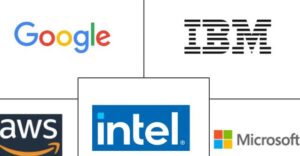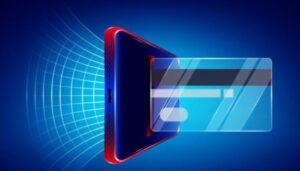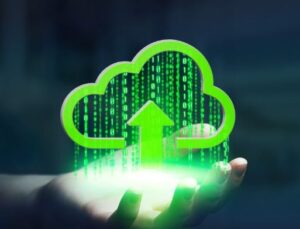
It’s cool to invest and pay off debt, but only if you can comfortably pay your bills first.
As a money coach, I’m often asked what’s one change someone can make to stop living paycheck to paycheck. My answer is always the same — have a clear budgeting routine.
But it’s not as easy as it sounds.
Approximately 62% of Americans are living paycheck to paycheck. If you fall into this category, it means you might struggle to pay for a surprise expense or have trouble covering your bills without your next paycheck. And that’s a problem. It’s a struggle I’ve been through, and I know it’s difficult to overcome. In fact, I’ve had many coaching clients who earn six figures and still live this way.
But I have a money hack that anyone can start applying today to make it easy to get out of the endless paycheck to paycheck loop. And you don’t have to make six figures to start implementing it.
Why budgeting isn’t enough
I learned through coaching thousands of people that the vast majority can’t stick to a budget because they are living paycheck to paycheck, even if they make a lot of money. If you’re relying solely on your next paycheck to pay your current bills, you’ll never break out of this cycle.
Why? There are a few reasons. First, you’re reinforcing the mindset that you don’t have money. You’re also making it harder to tackle bigger financial goals because your money is already spent before it even hits your bank account. Sound familiar? That’s where the “cash-flow cushion,” a crucial component of any healthy budget, comes into play.
You need a cash-flow cushion. Here’s why
The cash-flow cushion is a buffer — or cushion — of money you keep in your checking account. The exact amount will vary based on what you feel comfortable with, but usually, it’s the equivalent of one month’s worth of expenses. This isn’t an emergency fund (though that’s important to build up, too). Instead, this cushion will keep your checking account padded to provide you peace of mind.
So, for example, if you typically spend $3,000 in expenses each month, you’ll want to be sure your checking account never goes below this number. Having that money stashed in your account can help you stop worrying about your next payday and finally free yourself from the paycheck-to-paycheck cycle.
How the cash-flow cushion helps reach your financial goals
If we were to lose our primary income sources tomorrow, 66% of US adults would be worried about not having enough emergency savings to cover a month’s living expenses, according to Bankrate’s 2024 annual emergency savings report.
One of the biggest advantages of keeping one month of expenses in your checking account is the reduction of financial stress. Knowing that you have a buffer readily available with no manual intervention to cover your expenses provides a sense of confidence, and it serves as a safeguard against expense fluctuations and income disruptions.
The cash-flow cushion also helps you remove your mental and financial dependency on debt while you wait for your next paycheck to arrive. I’ve trained many financial coaching clients to build up that extra month’s worth of expenses readily available to pay bills and bridge the gap between paychecks without resorting to credit cards or loans.
How to start (and grow) your cash-flow cushion
Building a cash-flow cushion starts with a clear calculation of your monthly expenses. Add up the total amount you typically spend in a month, including necessities like:
- Housing, such as your rent or mortgage
- Utilities
- Food
- Transportation
- Essential health expenses
Accounting for these non-negotiable expenses lays the foundation for determining the amount required for your cushion.
Once you’ve built a cash-flow cushion, it’s important to maintain it. And that requires commitment to make sure you’re not relying on your next paycheck to pay your current month’s bills.
I recommend starting by automating transfers from your primary savings account to your checking account on a regular basis to make sure it’s consistently replenished without requiring manual intervention.





